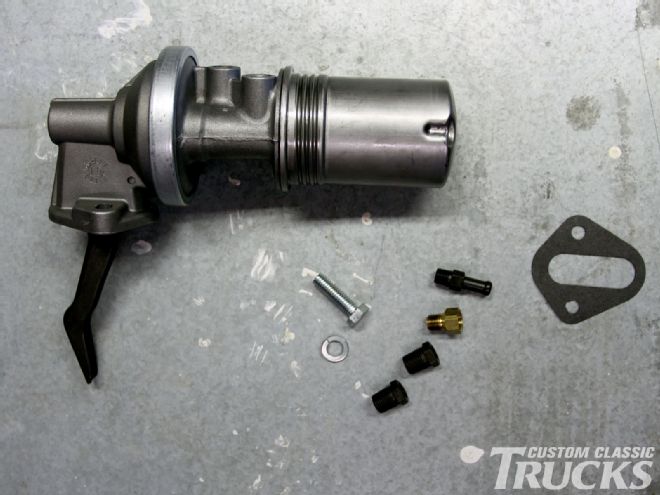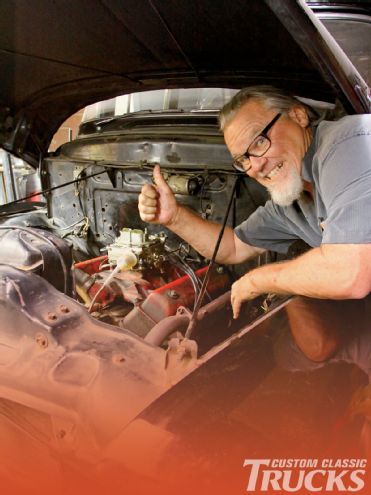
If you're down on your bucks and need a good tip on where to find slightly used replacement parts, I've always found the local junkyard to be a great place to hunt. It never fails, on any given day I can wander into my local self-service wrecking yard and find an old truck or car that's loaded with an assortment of new carburetion and ignition parts. It's not hard to figure out what's going on, the junked vehicle's owner was chasing a ghost and bought a lot of unnecessary parts before he gave up trying to repair the problem and accepted defeat.

This was pretty much the scenario for the '56 Ford F-100 I bought a few years ago. Sitting idle in a garage, the '56 hadn't been started by the original owner for five or six years before the middleman I purchased it from had tried to get it up and running again. Eventually, after throwing new spark plugs, plug wires, points and condenser, distributor cap, fuel pump, and boiling the gas tank clean, he finally got the truck to start. When I was looking to buy the '56 the middleman demonstrated to me that the truck ran, but explained the engine could die and not restart at any moment.
After spending a lot of time establishing that the ignition and fuel systems were up to specification I tracked the intermittent ghost to a fuel line between the tank and cab floor that was crimped when the gas tank was reinstalled. After the rubber fuel line heated up and had been subjected to fuel pump suction it would collapse and shut off the fuel supply. I changed the fuel line over to a high-quality, high-pressure fuel injection-rated hose and the problem went away. The 272-inch Y-block engine never missed a beat. That was the case for a couple of years when all of a sudden the ghost returned. Just the same as before, the engine would start up and die, until eventually it wouldn't restart at all.
According to most repair manuals the odds are always in favor of a dead engine problem on an older vehicle can be traced to an ignition failure as opposed to fuel. That said, if the engine turns over but doesn't start it's a good idea to make sure the gas tank isn't empty. Once it's established that there's at least a few gallons of fresh gasoline present the next step is to look for spark. This can be done by pulling a spark plug, grounding it to the block, and cranking the engine over to see if the plug has a good, strong spark at the electrode. One of my favorite ways, and fast too, to determine if the problem stems from the fuel or ignition system is to spray starting fluid into the carburetor and then start it up. If the engine runs a few seconds and then quits it has spark, so that means there isn't a steady supply of fuel. The next step is to go right to the source and test the fuel pump for sufficient pressure. In order to run properly a carbureted engine needs between 4 and 6 psi of fuel pressure. In the following photos I've included a few tips on how to ensure you've not only come to the right conclusion regarding your diagnosis, but you will be able to install a new fuel pump properly as well. And as an added bonus I've thrown in a few ghost busting tips.